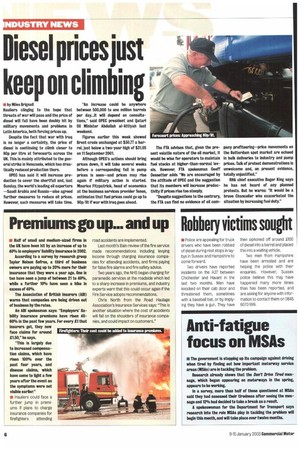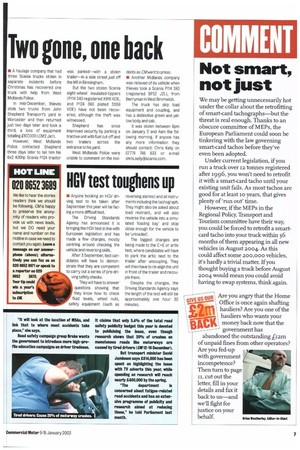Anti-fatigue focus on MSAs
Page 6

Page 7

If you've noticed an error in this article please click here to report it so we can fix it.
• The government is stepping up its campaign against driving when tired by finding out how important motorway service areas (MSAs) are in tackling the problem.
Research already shows that the Don't Drive Tired message, which began appearing on motorways In the spring, appears to be working.
In a survey, more than half of those questioned at MSAs said they had assessed their tiredness after seeing the message and 12% had decided to take a break as a result.
A spokeswoman for the Department for Transport says research into the role MSAs play in tackling the problem will begin this month, and will take place over twelve months. "It will look at the location of MBAs, and link that to where most accidents take place," she says.
Road safety campaign group Brake wants the government to introduce more high-profile education campaigns on driver tiredness. It claims that only 5.4% of the total road safety publicity budget this year is devoted to publicising the issue, even though research shows that 20% of crashes on monotonous roads like motorways are caused by tired drivers (CM12-18 December).
But transport minister David Jamieson says £814,000 has been spent on highlighting the Issue with TV adverts this year, while spending on research will reach nearly £400,000 by the spring, "The department is concerned about fatigue-related road accidents and has an extensive programme of publicity and research aimed at reducing these," he told Parliament last month.
























































































































































